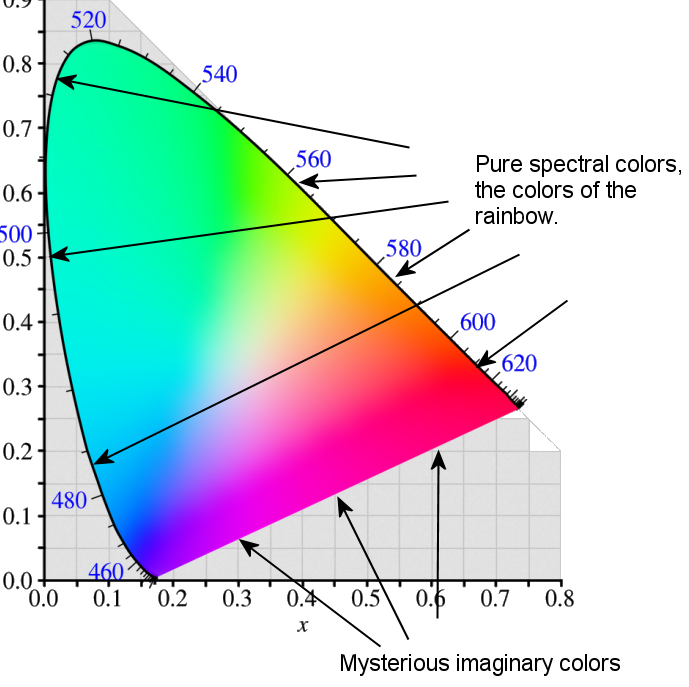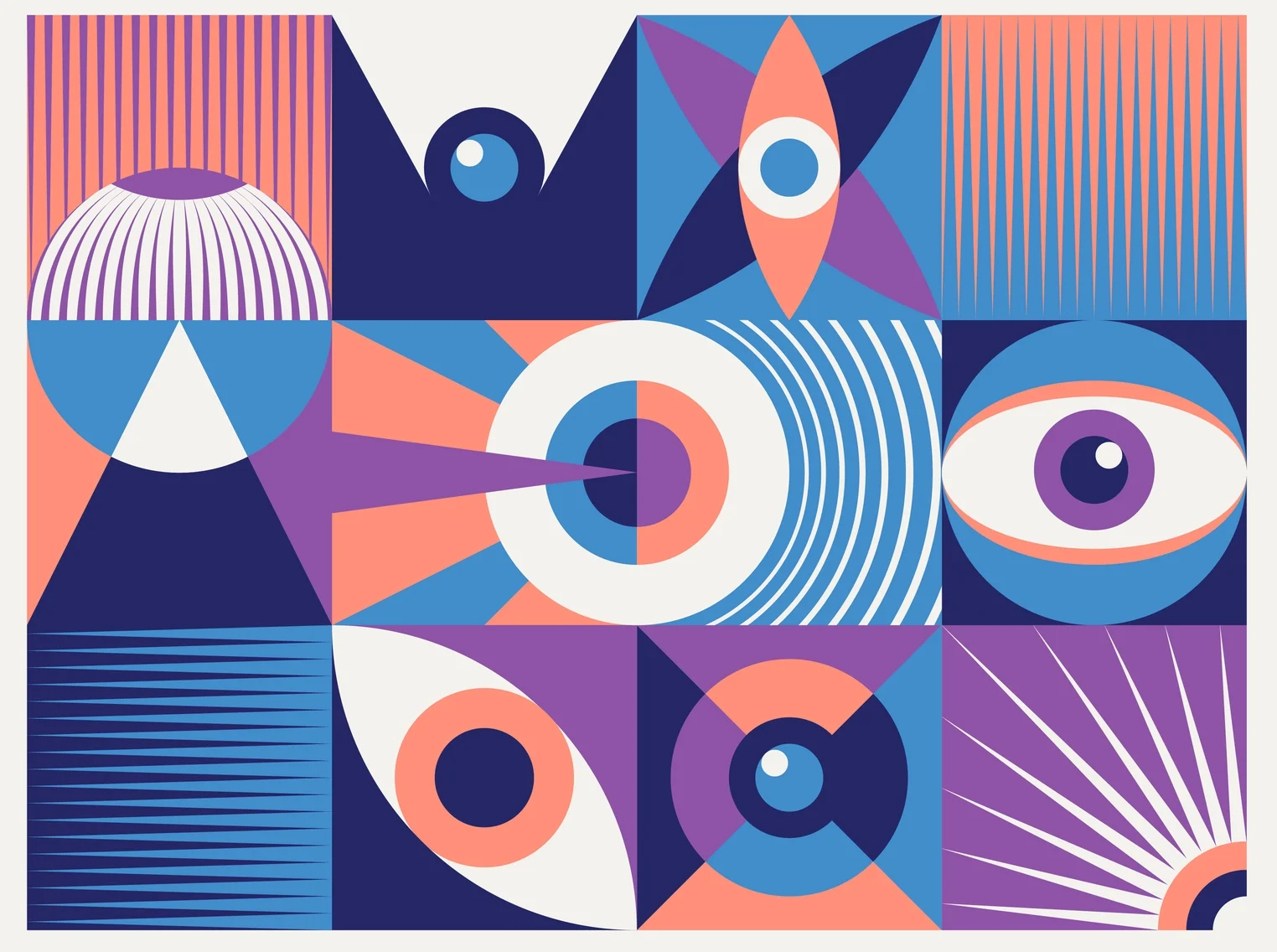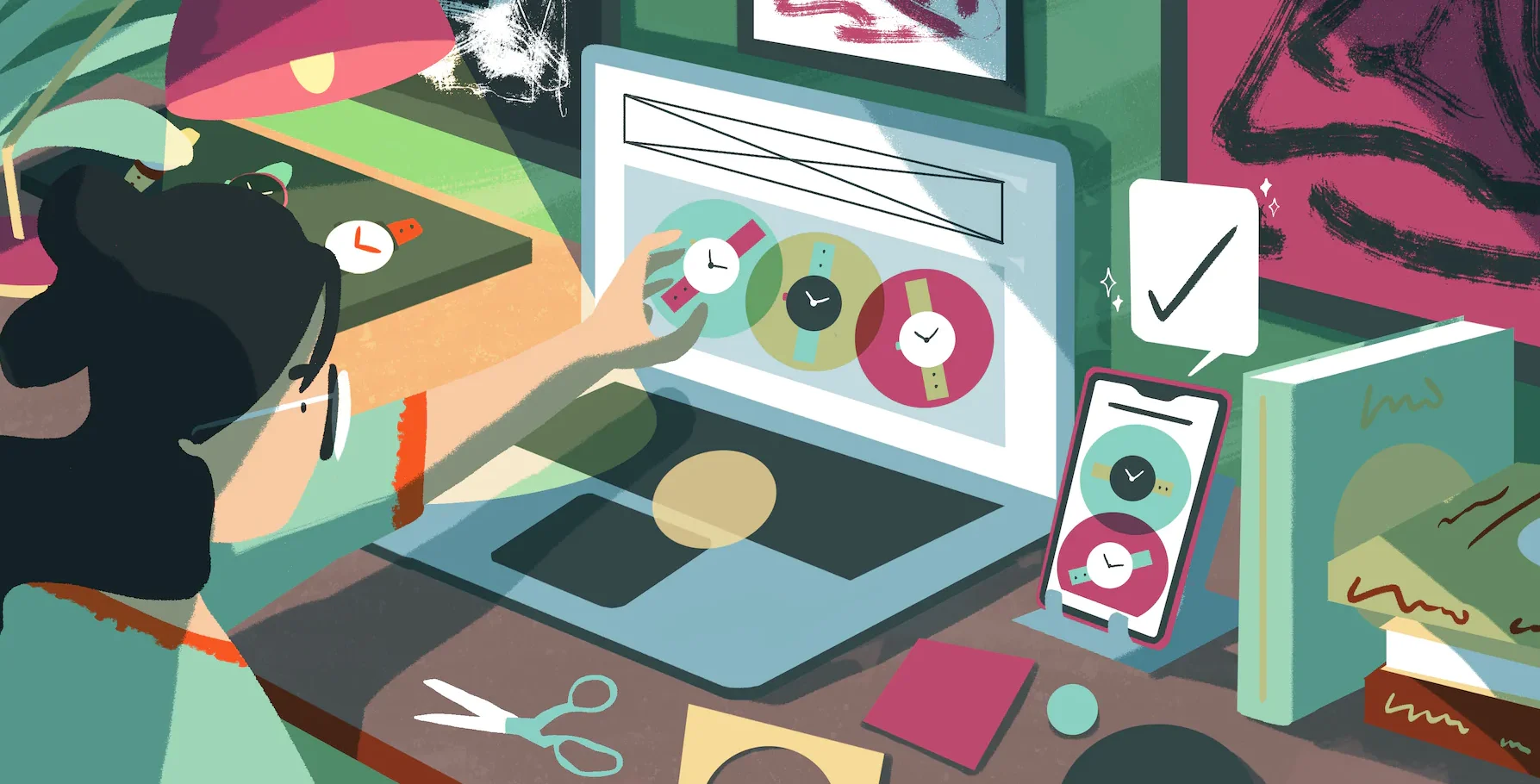Whether you are writing a novel, a short story, or a business report, using contrast and color is an essential skill for a strong, well-written manuscript. Contrast and color can create a dramatic atmosphere and enhance the effectiveness of your work. Moreover, it can make the reader think differently about your subject.
White is the color of purity and innocence
Throughout history, white has been associated with purity and innocence. Its symbolism has evolved in many cultures throughout the world. In this article, we will look at the various associations that white has and how they differ from one culture to another.
In ancient Egypt, white was a color reserved for royalty. Priestesses and high priests wore white garments during ceremonies. White was also worn during ceremonies for virginity and purity.
In India, white is considered to be a color of divinity and serenity. It is also a color that promotes feelings of serenity and renewal. White is also associated with purity in traditional Japanese society.
In China, white is associated with mourning. White is also used in ceremonies related to the Virgin Mary and the Saints. In Japan, it is worn by pilgrims. It is also used for funerals.
In the Bible, white animals were sacrificed to purify the sins of people. It was a symbol for purity in early Christian churches. In addition to being a symbol of purity, white is also a symbol of royalty. In ancient Rome, high priests wore white garments.
White was also used as the color of royalist rebellions against the French Revolution. Originally, white was the symbol of the Bourbon dynasty of France. It was later adopted by the Catholic Church. In addition, white was the color of priests in Catholic churches and chapels during services.
In Western culture, white is associated with purity and innocence. It is also used to symbolize new beginnings and virginity. It is also worn during Easter and Christmas.
In the Yoruba religion, Obatala is a goddess who represents purity and calmness. She is also associated with morality and old age.
White is the color of the moon
Depending on its location, the Moon is often seen as a white disk, but its actual color is grey. This is caused by the light from the Sun competing with the Moon. This is the same as the color of the sky on a clear night. The brightness of the moon is also affected by the Earth’s atmosphere.
A study conducted by NASA found that the color of the moon varies, based on where it is in the sky. It also found that it is not a very bright color, which is why it is not often seen by the naked eye.

Using images from the Lunar Reconnaissance Orbiter (LROC), scientists have discovered that the color of the moon varies, depending on where it is in the sky. The moon appears to be a white disk, but its surface is actually composed of a variety of different shades of grey.
The color of the Moon is also influenced by the atmosphere, which scatters light in different directions. This is what causes the moon to look different during different times of the year.
This can be seen during a total lunar eclipse, when the Moon becomes deep within Earth’s shadow. The Moon is also often bombarded by small meteorites from the solar system. These particles can scatter blue and purple light, causing the Moon to look red.
The moon also has a number of other colors. This is due to the varying amounts of metals present in the surface minerals. Some areas of the Moon display a greenish hue due to olivine, a beautiful green crystal that wears down at the surface.
Other colors are caused by forest fires, which can give the moon a blue hue.
Contrast in non-content text is not necessary
Getting a nice high-res photo of the Eiffel Tower is a treat in itself, but you need to put some thought into the color scheme and the quality of the images to maximize the overall effect. WCAG 2.0 offers a smorgasbord of color rules that will get you on the right track.
Color contrast is important. The highest color contrast ratio that you should be looking for is around 2.5:1, but that doesn’t mean that you should make a bet on a lower contrast. This rule is important for the following reasons: avoiding blurring, ensuring that the text does not get blown out by the screen, and ensuring that the text looks good on a variety of screen sizes. You should also test the color of the text against the color of the background.

There are many websites that use color changes to identify specific elements on a page. For example, the color of the mouse cursor may be changed to a color that is more noticeable on screen. This is particularly important when you are designing a page with many interrelated sections.
A good rule of thumb is to test the color of text against the background of the page to see if the colors look good and if the contrast is sufficient. The rule of thumb is to avoid the dreaded “black-on-black” effect. If the color of text on a background image is a tad too dark, you can get away with a minor tweak in the color balance. The higher the contrast, the better the experience for the reader. The color of the background image should also be tested against the color of the text to determine if a contrasting color is necessary.
Fictitious color
Traditionally, color theories are categorized as either phenomenological or physical properties. This classification has been used to distinguish major rival theories. Color realism is one of the major rival theories. It assumes that color phenomena are the result of physical processes. Color eliminativism is another, which assumes that color perception is a mere illusion. The debate between these two views is often a spirited one. The issue is also complicated by the subjectivist component of the traditional view. The subjectivist theory allows the possibility that subjective qualities are identical to physical properties.
In the majority of accounts, the phenomenal character of color experiences plays a central role. This raises questions about the representational content and non-intentional aspects of the experience. This problem is important for philosophers of color.

In the traditional view, colors are properties of material objects or light sources. However, the range of color phenomena is not adequately captured. This problem has been addressed by several authors. One solution proposed by Tye and Byrne and Hilbert is based on a spectral reflectance model of color vision. This model specifies relevant groups of spectral reflectances associated with each color. However, this solution also depends on the opponent-processing model of color vision.
One other approach is that of naive realism. This view requires that colors are supervenient on physical microstructures. It also requires that a theory is developed on color relationships. Some versions of color theories relax these requirements. However, specific versions will be discussed in more detail in a separate section.
Colors can be simple physical properties or complex qualitative properties. In most accounts, colors are the result of micro-structural properties of surfaces. These properties seem to cause volume, scattering, diffraction, and other color phenomena.
Enclothed cognition
Several studies have examined the effects of clothing on cognitive performance. These studies use different experimental paradigms to investigate the effects of clothing. These experiments generally involve participants wearing a particular clothing item, such as a lab coat or a business suit. The clothing may be worn for protection or to demonstrate social status.
In one study, researchers examined the effects of wearing a lab coat on the Stroop test. Participants who wore a white lab coat performed better on the test than those who wore a black coat. The results of this study are weak support for the enclothed cognition theory. However, enclothed cognition is a broader concept that includes many other aspects of embodied cognition.
In another study, researchers compared the performance of participants who wore a painter’s coat to those who wore a lab coat. The results were not statistically significant, but the authors argued that the main effect of wearing a painter’s coat was that it may enhance participants’ ability to ignore conflicting information.
Researchers also studied the effect of wearing a doctor’s coat, which may enhance cognitive performance. Participants who wore a doctor’s coat performed better than those who wore a painter’s shirt on a test of sustained attention. The main effect of wearing a doctor’s coat may be that it reduces Stroop trial errors. However, the authors of this study expected the interaction between a lab coat and the trial type to have an effect.
The authors concluded that enclothed cognition is based on the idea that clothing can influence psychology. However, they argue that the actual effect is too small to be reliably detected under the original design.



